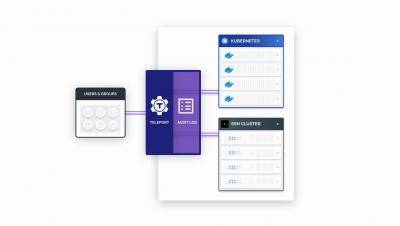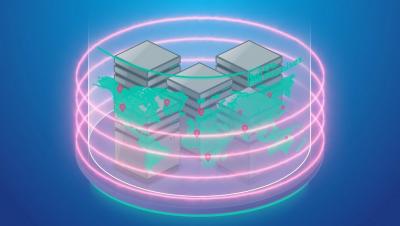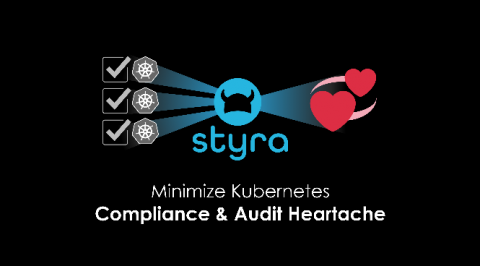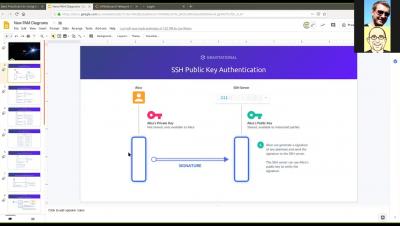Security | Threat Detection | Cyberattacks | DevSecOps | Compliance
DevOps
Anaconda Case Study
Gravitational Teleport v3.0 Demo
Gravity Overview
Embrace the Chaos: An Emerging Trend in Software Engineering?
What if your job was to break things repeatedly in order to make them work better? Sounds like the dream of every curious six-year old, but it’s actually an emerging software engineering trend based in the transition from devops to devsecops. It’s designed to test systematic limitations with the goal of improving security and performance under any circumstances. The term is chaos engineering.
Forensics in the Cloud: What You Need to Know
Cloud computing has transformed the IT industry, as services can now be deployed in a fraction of the time that it used to take. Scalable computing solutions have spawned large cloud computing companies such as Amazon Web Services (AWS), Google Cloud and Microsoft Azure.
Minimize Kubernetes Compliance Audit Heartache
As Kubernetes matures and moves from exploration into production, we on the Styra and Open Policy Agent teams are starting to hear of a new trend. It’s part of any kind of operational lifecycle for many companies and it goes something like this: DevOps: Our Kube environment is performant, secure, and compliant by design! Auditor: K. Walk me through every line of code you typed since time began.
When Metrics and Logs are Unified, Good Business Ensues
If you’re reading this, you likely know what a log is, and what a metric is. But sometimes there are questions on their differences, whether you really need both, and if you should use dedicated solutions to manage each type. The answers? Yes, you need both; yes, they should be unified. Logs and metrics, aka machine data, are complementary.










